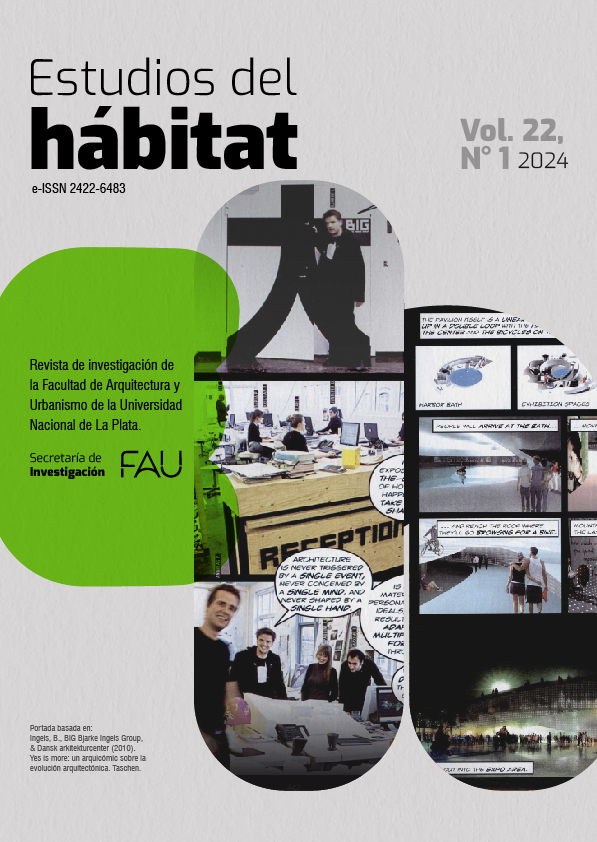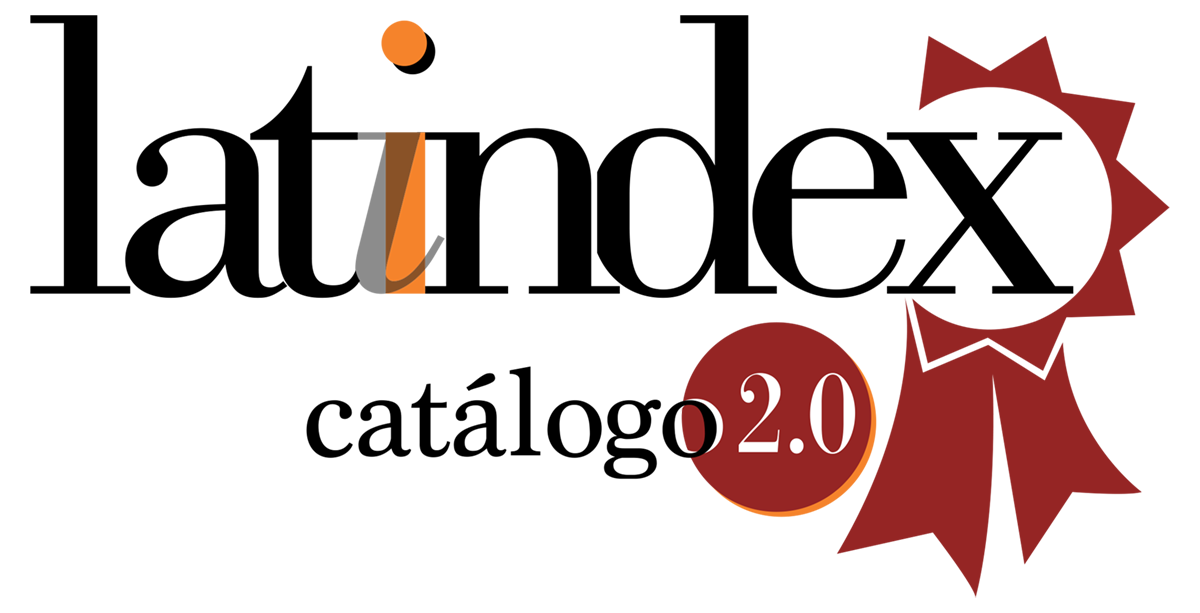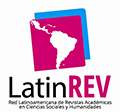Yes is More
The comic as BIG's discursive ethos
DOI:
https://doi.org/10.24215/24226483e137Keywords:
publications, comic, discurse, rhetoricAbstract
Yes is More: An Archicomic on Architectural Evolution is a monograph in graphic novel format that was published in 2009 by the Bjarke Ingels Group (BIG). This paper analyzes the discursive strategy employed by the BIG studio in that publication. The analysis is based on the Aristotelian concept of authorial ethos. To this end, we study the relationship that Yes is more has with the language and rhetoric of comics, through the application of some of its conventions and resources. From the study of the first three chapters of the work, parallels and comparisons are established with narrative strategies used in other comics and in recognized works of popularization. In conclusion, it is established that the gradual introduction of comic resources constitutes an elaborate project discourse that functions as BIG's authorial ethos.
Downloads
Metrics
References
Aristóteles (2007). Retórica. Gradifco.
Bjarke Ingels Group. (2009). Yes is More: An Archicomic on Architectural Evolution. Evergreen.
Bjarke Ingels Group. (2010). Yes is more: un archicómic sobre la evolución arquitectónica. Taschen.
Caniff, M. (1947). Primera entrega de Steve Canyon. https://libraryofamericancomics.com/steve-canyon-turns-75/
Cuñarro, L. y Finol, J. E. (2013). Semiótica del cómic: códigos y convenciones. Signa: Revista de la Asociación Española de Semiótica, 22. https://doi.org/10.5944/signa.vol22.2013.6353
DC Comics. (octubre de1993). Superman in Action Comics, 692.
de Souza, G. (2015). Ficções projetuais: projeto gráfico e discurso profissional em livros contemporâneos de escritórios internacionais de arquitetura e urbanismo. [Tesis de doctorado, Pontifícia Universidade Católica do Rio de Janeiro]. https://www.maxwell.vrac.puc-rio.br/25607/
Eco, U. (1968). Apocalípticos e integrados. Editorial Lumen.
Escoda Pastor, C. (2012). La arquitectura diagramática y sostenible de BIG. EGA Expresión Gráfica Arquitectónica, 17(20), 184–193. https://doi.org/10.4995/ega.2012.1440
García, S. (2011). La novela gráfica. Astiberri.
Gasca, L. y Gubern, R. (1994). El discurso del cómic. Cátedra.
Genette, G. (1989). Figuras III. Lumen.
Gouveia, M. (2019). Observing the BIG Picture: entre a fruição e a marca autoral no atelier de Bjarke Ingels. [Tesis de doctorado. Universidade de Coimbra]. https://estudogeral.uc.pt/handle/10316/91202
Gubern, R. (1972). El lenguaje de los cómics. Península.
Jarczewski, A. (2021). Yes is more comics as an architectural manifesto. Architectus, 2(66), 105–112. https://cejsh.icm.edu.pl/cejsh/element/bwmeta1.element.desklight-9e347ae7-7c63-4718-80ad-75703d7ca924
Library American Comics. (6 de agosto de 2023). Steve Canyon Turns 75. https://libraryofamericancomics.com/steve-canyon-turns-75/
Lus Arana, L. (2013). Le Corbusier leía tebeos. Breves notas sobre las relaciones entre arquitectura y narrativa gráfica. Ra Revista de Arquitectura (15), 47–58. https://dadun.unav.edu/handle/10171/36137
Mc Cloud, S. (1995). Entender el cómic: el arte invisible. Ediciones B.S.A.
Mc Cloud, S. (2007). Hacer cómics. Secretos narrativos del cómic, el manga y la novela gráfica. Astiberri.
Montaner, J. M. (2013). La mutación pragmática de la crítica de arquitectura. Palimpsesto, (08), 16-16. https://upcommons.upc.edu/handle/2099/14013
Neville, M. (Dir.). (2019). Bjarke Ingels; arquitectura [Documental]. En Abstract: The art of design. Netflix.
Koolhaas, R. y Mau, B. (1995). S,M,L,XL. Monacelli Press.
Varillas, R. (2009). La arquitectura de las viñetas: texto y discurso en el cómic. Viaje a Bizancio Ediciones.
Zaera Polo, A. (2016). Ya bien entrado el siglo XXI ¿Las arquitecturas del post-capitalismo? El Croquis (187), 252-287.
Downloads
Published
How to Cite
Issue
Section
License
Copyright (c) 2024 Alejandro Roman Folga Bekavac

This work is licensed under a Creative Commons Attribution-NonCommercial-ShareAlike 4.0 International License.
Acorde a estos términos, el material se puede compartir (copiar y redistribuir en cualquier medio o formato) y adaptar (remezclar, transformar y crear a partir del material otra obra), siempre que a) se cite la autoría y la fuente original de su publicación (revista y URL de la obra), b) no se use para fines comerciales y c) se mantengan los mismos términos de la licencia.








.jpg)

















